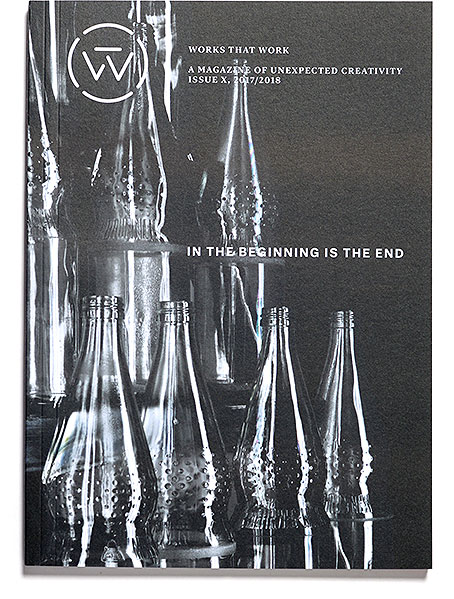Editorial
People like the security of keeping things as they are in defiance of the fact that says that everything that has a beginning also has an end.
When I told my friends that this was going to be the last issue of Works That Work, most of them had more or less the same reaction: ‘I am so sorry to hear that.’ People like stability, the security of being able to keep things as they are in defiance of the basic law of nature which says that everything that has a beginning also has an end. Once in a while, however, we have the luxury of choosing an end, planning a conclusion that is timely, satisfying, even joyful.
The start-up culture that we live in celebrates new things like launches, releases and births, choosing to ignore the less glorious endings of projects, products and lives. I believe we should be intentional about designing ends as well as beginnings. The plan for WTW has always been to publish 10 issues and to wrap up the project on a high, while we are still enjoying a thriving community of readers. In these 10 issues we have been defining a vision of design that I believe in, design that doesn’t just make things pretty, but design that brings lasting positive changes.
When we started five years ago we made a conscious decision to avoid the term ‘design’ as much as possible, acutely aware of the widespread view that design is a layer that is put on top of things to make them trendy and expensive, a view that forgets that every human act of creation is design. After 10 issues, I think the point has been made. Our understanding of good design is when design benefits all parties involved: users, makers, producers and the general public.
In this final issue we present further examples of design that goes beyond the surface of things, encompassing beginnings, middles and ends. The mainstream press often calls this ‘circular design’, but we see it just as good design. And we pay attention to endings too.

